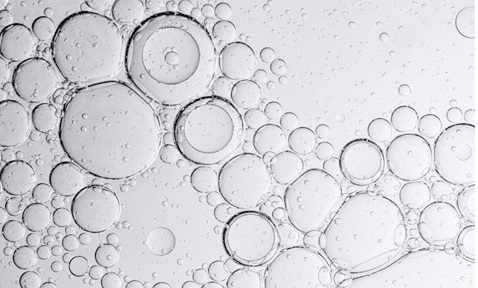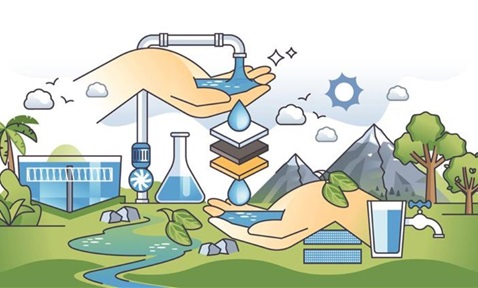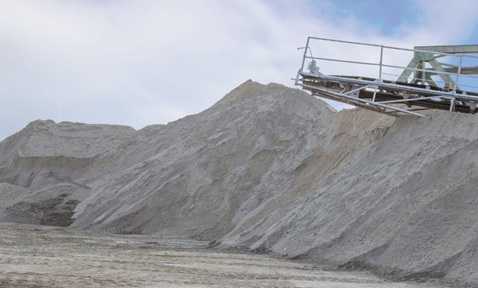
Hydrogel with Highly Robust Surface Membrane Layer
Synopsis
This method creates a composite hydrogel with a durable membrane layer, applicable to both responsive and non-responsive hydrogels. Its composite nature allows independent tuning of properties, making it suitable for diverse applications.
Opportunity
In various field applications such as environmental monitoring and medical diagnostics, preconcentration of low-abundance analytes is crucial for achieving detectable levels. Effective preconcentration methods enhance the sensitivity and accuracy of on-site analysis, enabling the detection and quantification of trace compounds from complex samples. By improving these techniques, detection limits can be significantly reduced, allowing the identification of critical compounds even in challenging environments. Developing more effective preconcentration methods is essential for gaining valuable insights into various scientific and industrial processes.
Technology
This invention provides a method for forming a hydrogel with an adherent and robust membrane layer. The composite hydrogel features a stable and robust rejection layer integrated onto its surface, which is suitable for both responsive and non-responsive hydrogels. The composite nature allows separate tuning of the hydrogel’s properties and the membrane layer, enabling the design of hydrogels with a high swelling ratio and a surface membrane layer with adjustable permeation properties.
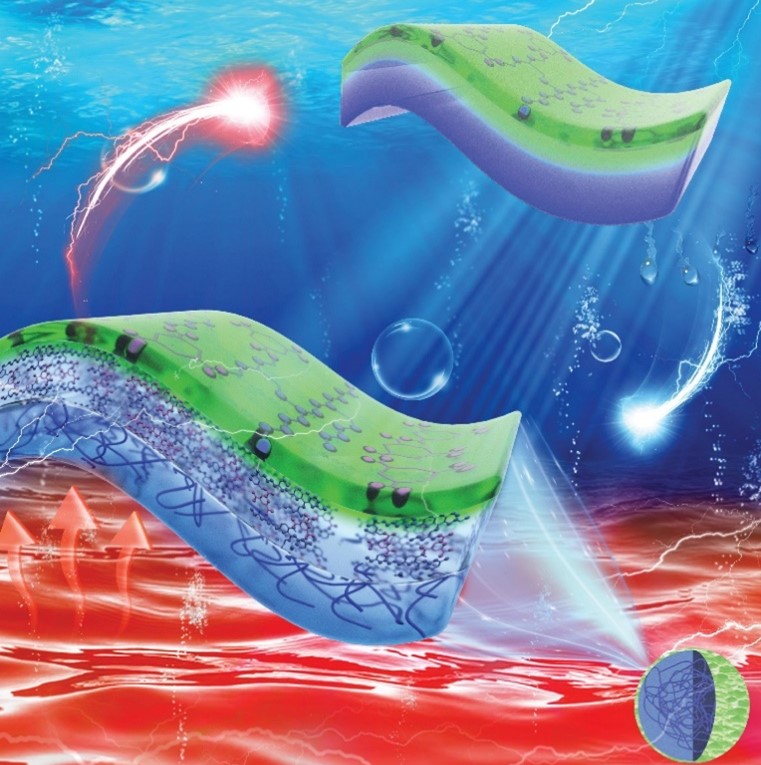
Figure 1: Hydrogel with a robust surface membrane layer which remain strongly adhered to surface during water uptake at room temperature and water release above 40°C.
Applications & Advantages
Main application areas include environmental monitoring and medical diagnostics, as well as in controlled released systems for compounds such as fertilisers, pesticides, repellents and flavours, and DNA/RNA storage.
Advantages:
- Improves sensitivity and accuracy of trace compound analysis for on-site environmental monitoring and medical diagnostics
- Allows independent tuning of hydrogel and membrane layer properties, providing flexibility in design and application
- Suitable for various uses, including controlled release and high-density information storage
- Features a robust and stable surface membrane, ensuring long-lasting performance


.tmb-listing.jpg?Culture=en&sfvrsn=29c7e020_1)
.tmb-listing.jpg?Culture=en&sfvrsn=ab6472c8_1)
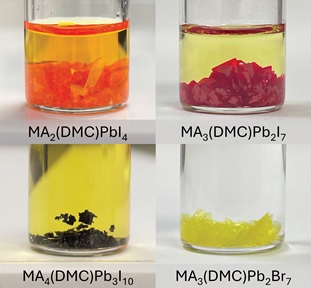
.tmb-listing.jpg?Culture=en&sfvrsn=3b74ec1c_1)
-and-the-coated-wood-(ntu-singapore).tmb-listing.jpg?Culture=en&sfvrsn=624bb80c_1)



